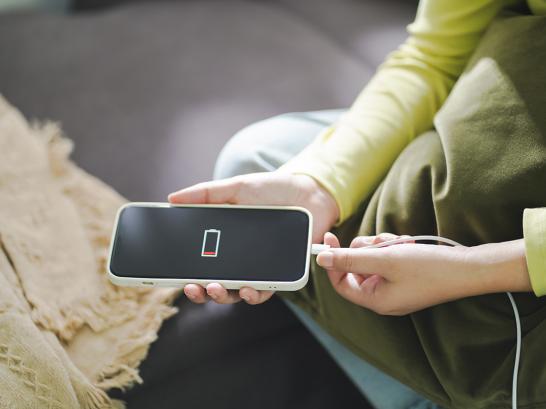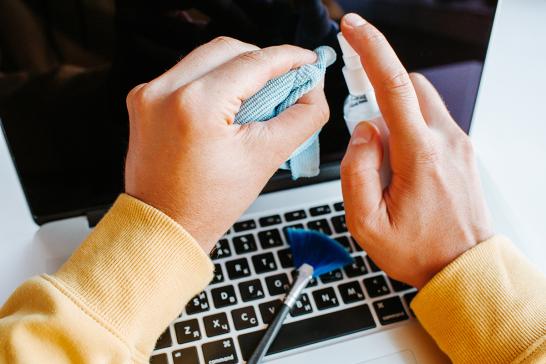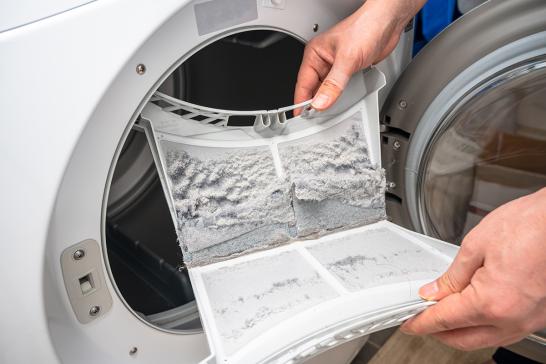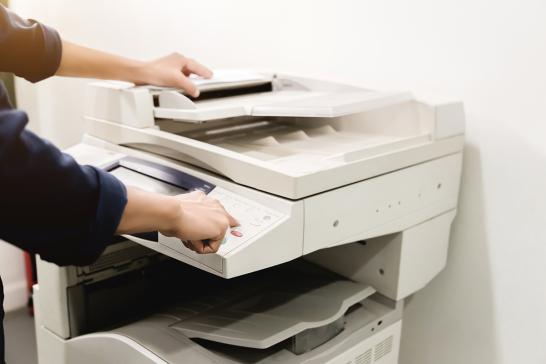

Just one caveat before we start, however: these tips are specifically for lithium-ion batteries. Almost all devices with their own battery or battery pack, such as smartphones, laptops and electrical tools, use lithium-ion technology. Rechargeable batteries sold separately, such as AA, AAA or 9-volt ones, are nickel metal hydride batteries. The way to look after a battery depends on its type, which is why you hear a lot of conflicting advice. If you are unsure what kind of battery your device contains, check the manual.
Store carefully
Take the battery out of the device and store it in a place where the temperature never drops below 5°C and preferably never exceeds 30°C. Protect your battery from moisture, dust and violent impacts.
Recharge your battery after use as well, especially if you will be storing it for a long time (in which case you should aim for 50%). Because even if you don’t use it, a battery gradually loses its charge. Letting it run down completely is a death blow to any lithium-ion battery. For the same reason, it is best to stop using a battery when it indicates that it is empty, even if the device still works.
Charge for later
You might have heard that it’s best not to charge a battery until it’s completely empty. That is no longer the case for lithium-ion batteries. They prefer to be partly charged and discharged, with their capacity hovering between 20% and 80%. So don’t worry about recharging them before they’re completely empty – but do wait until they have cooled down. It’s best not to leave them in the charger for more than 12 hours, unless the manual says otherwise. This is because some chargers have an automatic function that charges and discharges your battery within the optimal charging range. They do so to increase the battery’s lifespan, since lithium-ion batteries don’t like to be left alone for too long. Batteries don’t like sitting around any more than you do!
With thanks to Decré Garden Machines for their input.



